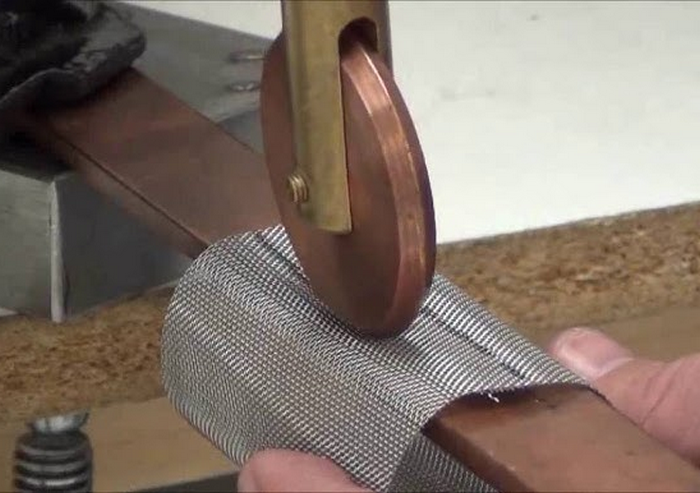
Phone: 0086-159-3381-6712
Phone: 0086-155-0324-9408
Tel/Fax: 0086-318-5227-301
E-mail: sales@wiremesh-chinafree.com
WhatsApp : 159-3381-6712
Address: Nanhuan Road, Anping County, Hengshui, Hebei, China. Post Code: 053600
Joining or welding stainless steel wire and mesh can be a challenging task, but with the right techniques and tools, it can be done effectively.
Whether you are working on a DIY project or a professional application, here are some methods you can use to join or weld your stainless steel wire and mesh.
1. TIG Welding (Tungsten Inert Gas Welding) TIG welding is a popular method for joining stainless steel wire and mesh. This process uses a non-consumable tungsten electrode to create the arc and an inert gas (usually argon) to protect the weld from oxidation. TIG welding provides precise control and produces high-quality welds with excellent aesthetics. To TIG weld stainless steel wire and mesh, you will need a TIG welding machine, a tungsten electrode, filler wire, and an argon gas cylinder. The wire or mesh should be clean and free from any contaminants before welding. You will also need to select the appropriate settings on the TIG welding machine, such as the amperage and gas flow rate, based on the thickness of the wire or mesh.
2. MIG Welding (Metal Inert Gas Welding) MIG welding is another commonly used method for joining stainless steel wire and mesh. This process uses a consumable wire electrode and a shielding gas (usually a mix of argon and carbon dioxide) to protect the weld from oxidation. MIG welding is faster and more suitable for thicker wires or meshes compared to TIG welding. To MIG weld stainless steel wire and mesh, you will need a MIG welding machine, a spool of stainless steel wire, a shielding gas cylinder, and a welding gun with a contact tip suitable for stainless steel. The wire or mesh should be clean and free from any contaminants before welding. Adjust the settings on the MIG welding machine, such as the wire speed and gas flow rate, based on the thickness of the wire or mesh.
3. Spot Welding Spot welding is a quick and efficient method for joining stainless steel wire and mesh. This process uses an electric current to create a series of overlapping welds at specific points. Spot welding is commonly used for joining mesh panels together or attaching wires to a frame. To spot weld stainless steel wire and mesh, you will need a spot welding machine, copper electrodes, and clamps to hold the workpieces in place. The wire or mesh should be clean and free from any contaminants before welding. Adjust the settings on the spot welding machine, such as the current and weld time, based on the thickness of the wire or mesh.
4. Soldering, Soldering is a low-temperature method for joining stainless steel wire and mesh. This process uses a solder and flux to create a bond between the workpieces. Soldering is suitable for delicate or thin wires or meshes that can be damaged by high heat. To solder stainless steel wire and mesh, you will need a soldering iron, solder wire, and flux. Clean the wire or mesh thoroughly before soldering to ensure good adhesion. Apply flux to the joint area and heat the soldering iron. Touch the solder wire to the joint and allow it to melt and flow into the joint. Remove the soldering iron and let the joint cool before handling.
In conclusion, joining or welding stainless steel wire and mesh requires the right techniques and tools. Whether you choose TIG welding, MIG welding, spot welding, or soldering, make sure to clean the workpieces thoroughly before welding and adjust the settings on the welding machine or soldering iron based on the thickness of the wire or mesh. With practice and attention to detail, you can achieve strong and durable welds for your stainless steel wire and mesh projects.
